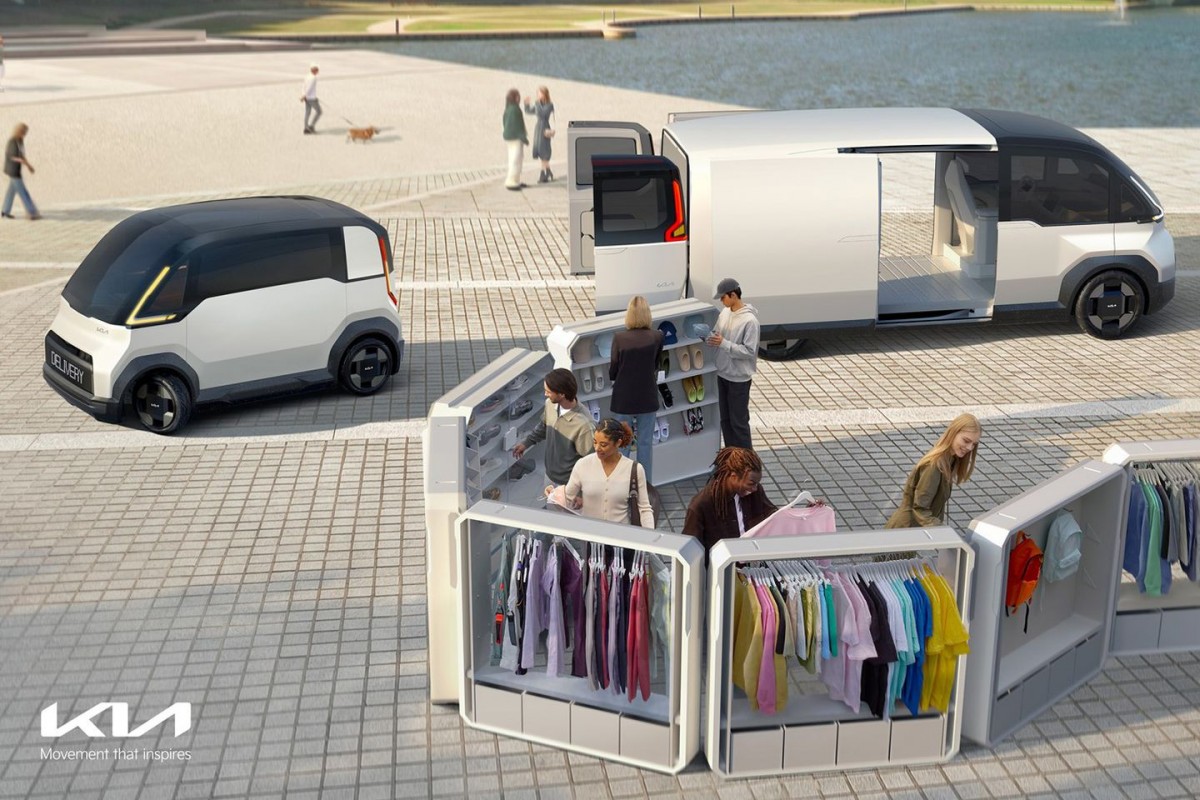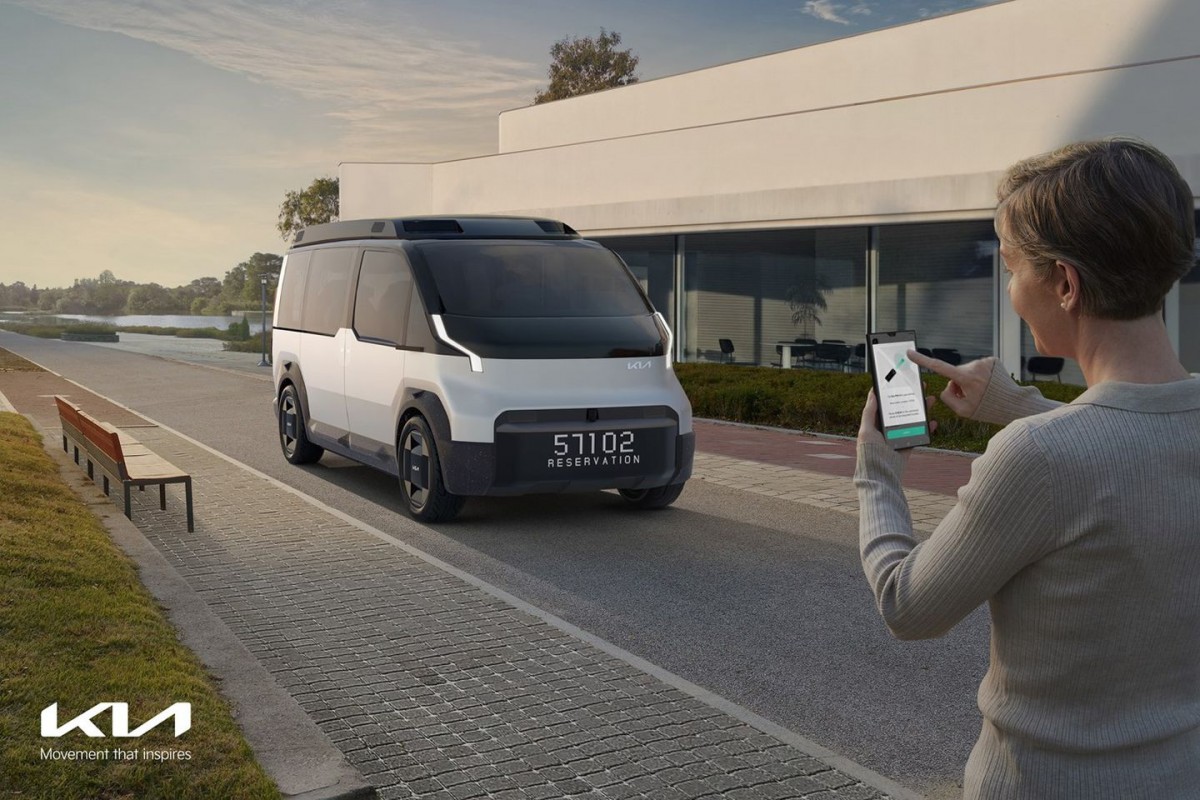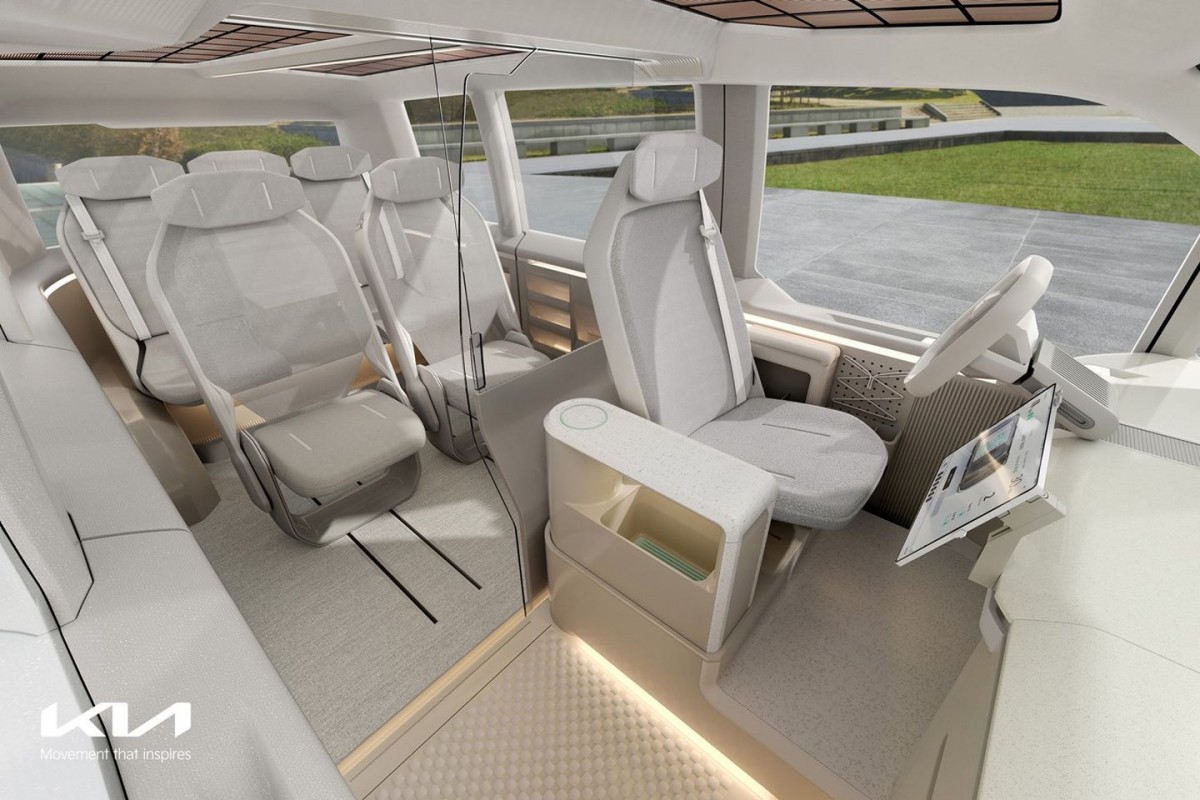Kia unveils its new platform for modular electric minivans
In a refreshing departure from the extravagant and outlandish concepts typically showcased at CES, Kia introduced its pragmatic 'Platform Beyond Vehicle' (PBV), designed to carry a range of modular electric minivans, catering to businesses and individuals alike.

These minivans feature flat fronts, minimal overhangs, and a boxy, utilitarian aesthetic. What sets them apart is their adaptability. With long or short wheelbases and interiors that can be configured to suit specific use cases, these vehicles are a versatile solution for various transportation needs. Whether you need to shuttle passengers or prioritize cargo space, the PBVs have you covered.
Kia has outlined a comprehensive multi-year business strategy, consisting of three distinct phases, to bring the PBVs to reality.

Kia's phase one plan for the PV5 includes multiple variants, including Basic, Van, High Roof, and Chassis Cab. In the future, the automaker intends to collaborate with Motional, a joint venture between Aptiv and Hyundai, to develop a robotaxi model.

In phase two, Kia will introduce two additional models, the PV7 and PV1. The PV7 aims to be the largest product in the PBV lineup, offering more interior space, range, and enhanced functionalities. On the other hand, the PV1 will be the smallest and designed for agile and short-distance logistics transportation, with excellent maneuverability even in narrow spaces.

The third and final phase's description is PR talk with little substance, talking about the PBVs evolving into highly customizable, bespoke mobility solutions, integrating seamlessly with the future mobility ecosystem. Yeah, okay, Kia.

For all the empty words Kia shared, it didn't release almost any specifications for its PBV lineup. It did share that behind the fixed cab, various interchangeable upper bodies, or 'life modules,' can be connected to the base vehicle via a hybrid electromagnetic and mechanical coupling technology. This should, in theory, allow the PBV to transform from a taxi during the day to a delivery van at night and even a personal recreational vehicle on weekends.

Kia will establish a dedicated factory in Hwaseong, South Korea, for the new lineup, set to begin production in 2025, with an expected output of 150,000 vehicles annually.





Facebook
Twitter
Instagram
RSS
Settings
Log in I forgot my password Sign up